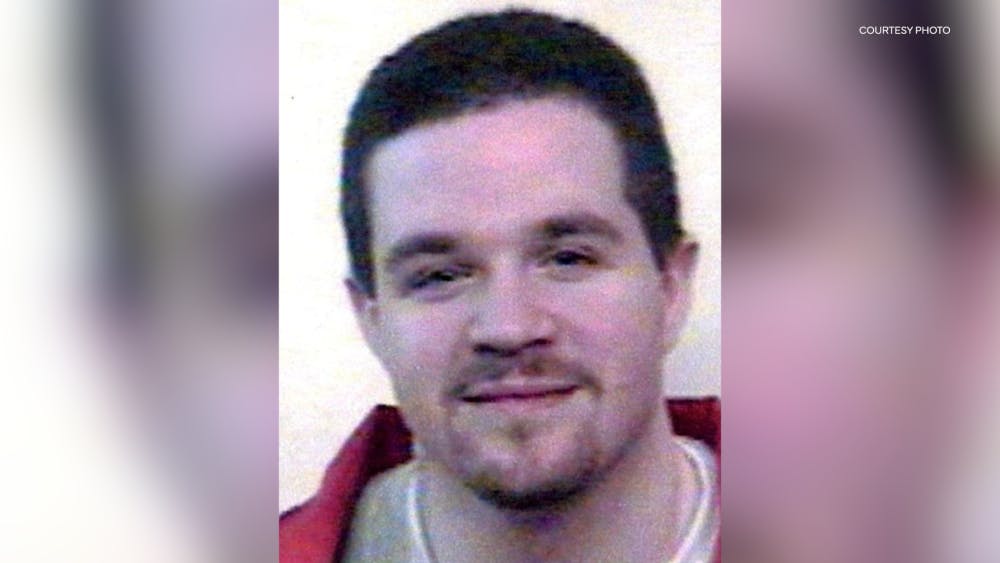INDIANAPOLIS — Indiana Attorney General Todd Rokita filed a request Friday to set an execution date for another of Indiana's death row inmates.
The request was for Benjamin Ritchie, who has sat on death row since 2002 after being convicted of shooting and killing Beech Grove Police Officer William Toney in September 2000.
“Most Hoosiers and I expect justice without delay, especially when someone murders a police officer, one of the many, many brave men and women we thank and respect daily," Rokita said in a statement. “This convicted cop killer has been on death row far too long—22 years—and it's past time for him to pay his debt to society.”
Rokita's request came just weeks after the Indiana Supreme Court set an execution date of December 18 for another Indiana death row inmate, Joseph Corcoran.
Corcoran was was convicted by a jury in 1999 for shooting and killing his brother James Corcoran, his sister’s fiancé Robert Scott Turner, and two of their friends: Timothy Bricker and Douglas Stillwell.
Corcoran lost his last appeal in the case in 2016 and has stayed on death row.
There are 10 inmates currently on death row in Indiana, according to a database from the Death Penalty Information Center.
Indiana is one of 21 states where the death penalty is legal, according to the Death Penalty Information Center. The last inmate to be executed in Indiana was Matthew Wrinkles on Dec. 11, 2009.
The pause has been largely in-part due to the absence of drugs to carry out the executions—a drug which Rokita and Indiana Governor Eric Holcomb said in June that the state now has in supply.
In the U.S., 18 people have been executed in 2024 so far. Last year, there were 24 total executions.










